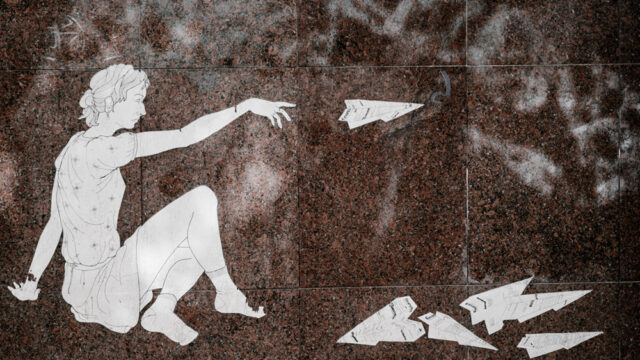
‘Disrepair’ is the opposite of keeping a property in good condition. It means the landlord is allowing problems to develop, and not doing anything about it.
By law, your landlord must make sure that your residence is in a good state of repair. This includes:
You should tell your landlord about any problems like condensation, leaks, damp, mould, cracks in the walls, no hot water and so on.
It doesn’t matter what your tenancy agreement says or doesn’t say — every landlord must see to these problems, thanks to the law that is called Homes (Fitness for Human Habitation) Act. They can’t charge you for it: they must pay for keeping your building in repair themselves.
If you started your tenancy on or after 15 January 1989, the law also includes common parts like halls, stairs and lifts.
In Scotland, social landlords (including local authorities and registered social landlords) are subject to duties under schedule 4 of the Housing (Scotland) Act 2001. The primary duty is ensure that the house is, at the commencement of the tenancy, wind and watertight, and ‘in all respects reasonably fit for human habitation’ and to keep it in that condition throughout the tenancy. This duty is further explained here.
Under the Scottish legislation, “repair” means anything that is necessary to put and maintain the house in a condition fit for the purpose for which it was let, which is human habitation. That includes providing a house which, by its design and construction, meets the statutory standard.
See our page on ‘my landlord isn’t making repairs‘.


Story


Tools you can use


Reference


Guide


Guide


Guide


Guide


Guide